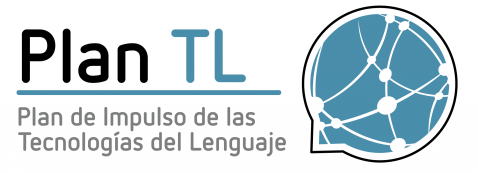AINA is born, the project that will guarantee the survival of the Catalan language in the digital age
- The AINA project will generate the digital and linguistic resources necessary to facilitate the development of applications based on Artificial Intelligence and Language Technologies such as voice assistants, machine translators or conversational agents in Catalan.
- The ultimate goal is for citizens to be able to participate in Catalan in the digital world at the same level as speakers of a global language, such as English, and thus avoid the digital extinction of the language
- The first resource generated is the Catalan 'corpus' to train Artificial Intelligence (AI) algorithms, the largest created so far, with 1,770 million metadata associated with words
- The next step will be to generate the language models, speech models and models for translation using multilayer neural networks for companies that create applications based on artificial intelligence (AI), such as voice assistants, automatic translators, agents conversational, etc., can easily do it in Catalan.
Budget and scope of the project
The AINA project has a global budget of 13.5 million euros for the period 2020 to 2024 and it starts with an initial phase of € 250,000 of the Department of Digital Policies.
The project benefits from the collaboration with the Plan for the Promotion of Language Technologies, of the Vice-Presidency of Economic Affairs and Digital Transformation of the Spanish Government.
All the models that the BSC will create will be available to all those companies or entities that want to use them, since they will be published openly and with permissive licenses.
The digital world, an opportunity and a challenge for Catalan
This should allow Catalan to make a qualitative and quantitative leap in the digital ecosystem. In fact, the digital world is today an opportunity and a challenge for the Catalan language. Currently, voice technologies and voice applications and interfaces for accessing the digital world are strategic for the full development of the language in all sectors. The interaction between people and technology has entered a new phase where less and less is done through devices such as the keyboard, mouse or touch screens, to give way to a new, more natural form of interaction through the voice and speech. And this fact gives special relevance to language, which becomes one of the main interaction vehicles. This new interaction must be able to be done, also, in Catalan.
AI and Language Technologies
Language Technologies are those that we already use in our day to day when we automatically correct a text in email, use a web browser on the Internet, automatically translate a web page, give voice commands on the mobile phone, we interact with virtual assistants or follow the directions of the GPS navigator, among others. And they are the technologies that will allow us to dialogue with computers, domestic appliances and even with our vehicle in a natural way.
The new Artificial Intelligence technologies and Language Technologies are based on the application of algorithms on large quality data sets, but the data sets on which the algorithms are trained are specific for each language.





